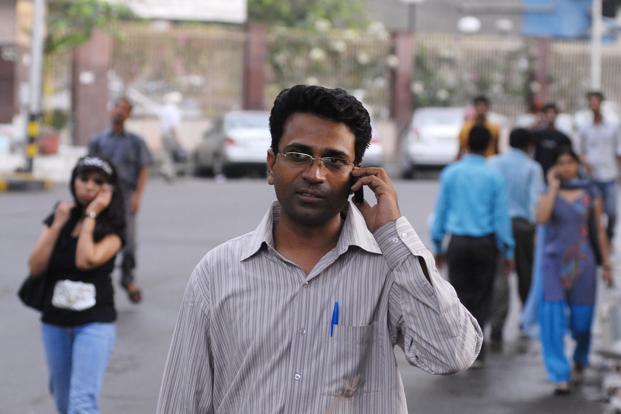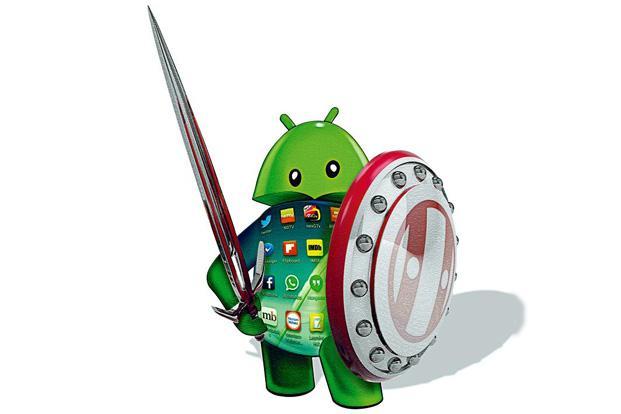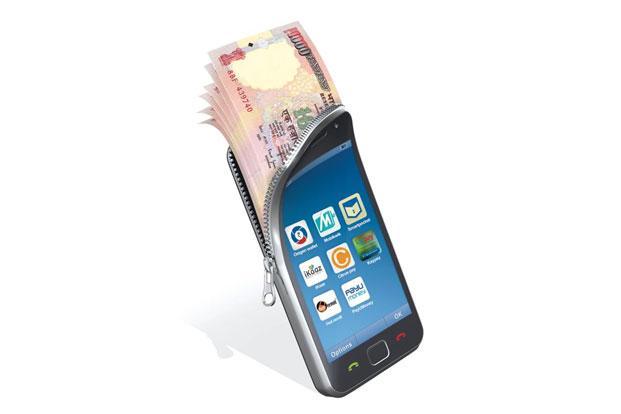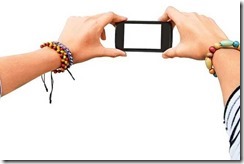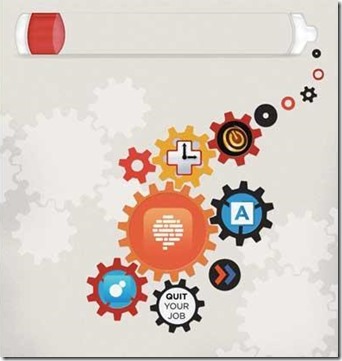Try these apps Turn your smartphone into a wallet. Here are some apps you can try
Pay for petrol, buy lunch, shop for groceries—without taking out your wallet. All you need to do is tap or click on your smartphone. In a country where many users are going online through mobile, digital wallets could well be the next big thing.
Also called electronic wallets or e-wallets, this technology allows you to make financial transactions with a smartphone. This could include paying for stuff when you’re at a shop with just a tap of your phone, transferring money to a friend, or paying for movie tickets, cabs, home bills, travel, without taking out your credit or debit card, or cash.
Start-ups and companies are hopping on to the bandwagon with options ranging from Near-Field Communication (NFC), Bluetooth and even money transfer to a phone number without details of the other person’s bank account.
Internationally too, companies like Apple, Google and Amazon have gotten into the space with their own e-wallets, exploring this nascent technology. In India, however, regulations and policies make the process of implementation a little different. To protect consumers, the Reserve Bank of India (RBI) mandates that each online transaction in the country go through two-factor authentication. Step 1 is the CVV number and step 2, a one-time-password (OTP). This process, which is not required in other countries, has proved to be a slight hiccup for companies like Uber, a US-based ride-sharing service, in accepting cash-free payments from customers. In August, the RBI rapped Uber when it started routing its payments through international gateways to automatically bill its Indian consumers and avoid the cumbersome two-step authentication.
Uber was not alone. Other e-merchants had been doing it too. The RBI issued a circular later that month, making it mandatory for all companies to settle payments within the country with two-factor authentication by October. “If someone has violated the rules, they should be pulled up,” says Saurabh Tripathi, partner and director at Boston Consulting Group, a strategy and general management consulting firm. He believes, however, that the current mobile payment regulations can be eased a bit. “For example, RBI could change it to a single-factor authentication for small payments of, say, up to Rs.1,000,” he says. This will give a push to the new technology and make mobile payments more common.
Some Indian start-ups are trying to figure out ways to work with the guidelines. “The extra step of second authentication adds friction, making the dropout rate higher,” says Nitin Gupta, chief executive officer (CEO) of PayU India, an online payment processor company. To deal with it, Gupta acquired Eashmart, a mobile-based payment app, in October to add a single nifty feature to his app: “When you start a transaction, we request the bank to send you a One-Time Password, which our app automatically reads and shows you. All you do is say yes.”
Looking to pay through your mobile? Then try out some of these apps in the market right now.
KayPay
Launched in October, KayPay is a simple way to transfer money to any of your Facebook friends. To begin, you have to log into KayPay’s site with your Facebook ID, allow it to use your Facebook profile information, and then add your bank details. Once that’s done, simply select the Facebook friend you want to send money to, put in the amount and the OTP sent to your phone. Your friend gets a notification about the money in her Facebook account and can log in within 48 hours into KayPay’s site to retrieve it. If she doesn’t, the money comes back to your account. Your bank account details stay with Kotak Mahindra Bank, the creators of the app, but it is not necessary to have an account with Kotak to use this app. Charges undisclosed. Currently works with 27 banks. www.kaypay.com
MobiKwik wallet
MobiKwik is a prepaid wallet. Once you fill it up, you can use it to recharge your phone, pay your bills, transfer money and buy from e-merchants. Money can be transferred into the MobiKwik wallet through cards, cash and netbanking, and it supports payment to major e-merchants like BookMyShow, Dominos, redBus, etc. “MobiKwik now processes about 200,000 transactions a day,” says Bipin Preet Singh, founder and CEO, MobiKwik. “Forty per cent of them come from movie and bus ticket bookings, purchases on e-commerce sites and bill payments, and 60% via phone recharges.” Now it is working on adding an e-KYC process so that users can increase the maximum wallet limit from Rs.10,000 to Rs.50,000. Free on Web, Android, Windows, iOS and BlackBerry. www.mobikwik.com
HotRemit
Launched in October, HotRemit allows you to transfer money to another HotRemit account, or to a Facebook, mobile or BBM contact, without the other person’s bank account details. Other than transferring money, you can also use the app to pay e-merchants. Currently, the app makers are working on launching their Android and iOS apps and convincing merchants to adopt NFC payments, where you just tap your phone to make the payment. …
First published in livemint.com . Read the complete article here:
http://www.livemint.com/Leisure/7iZX5dKvzy3An5bQEFNolN/Looking-to-pay-through-your-mobile-Try-these-apps.html?utm_source=copy

